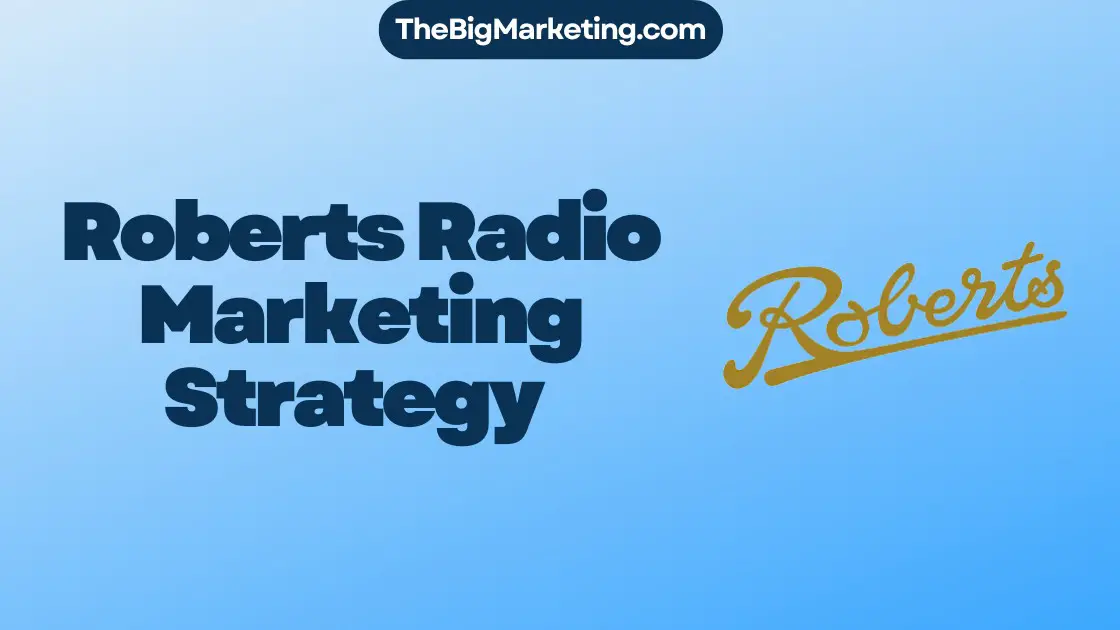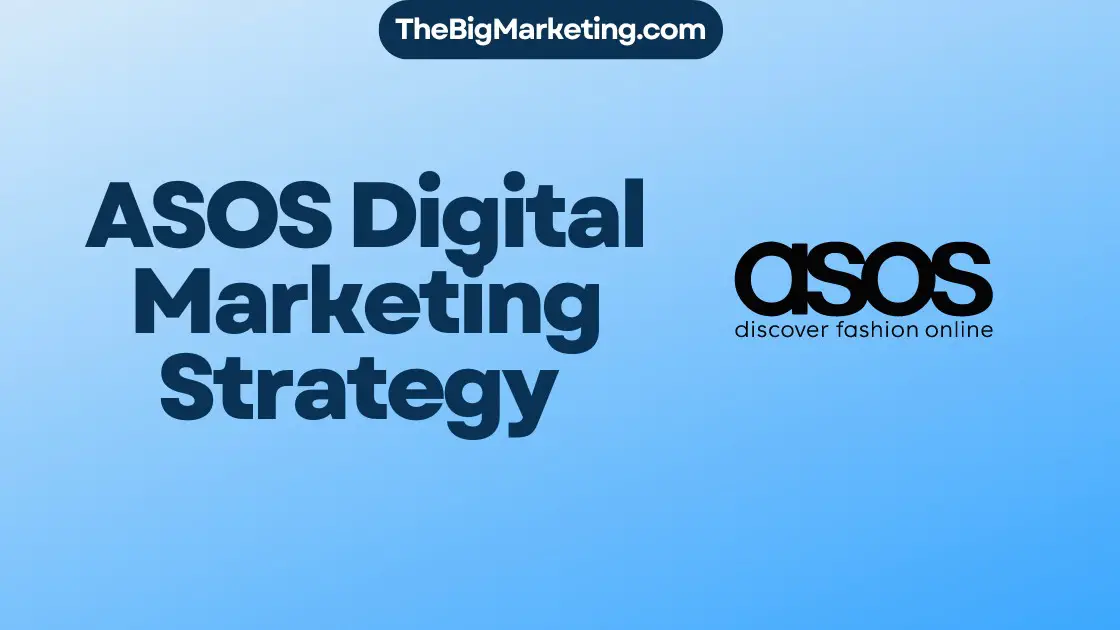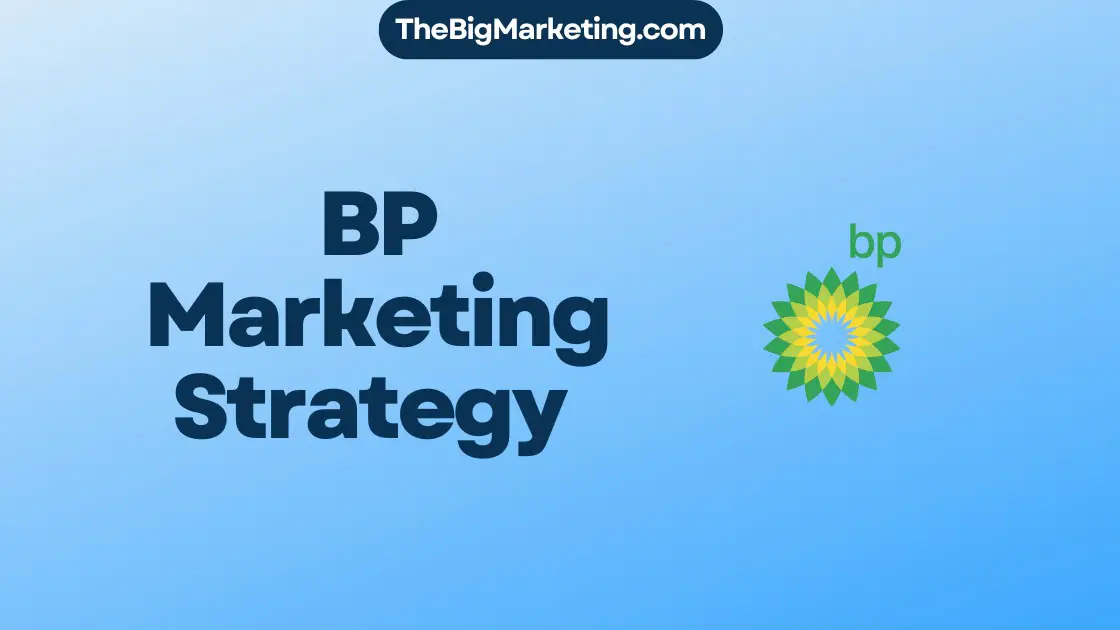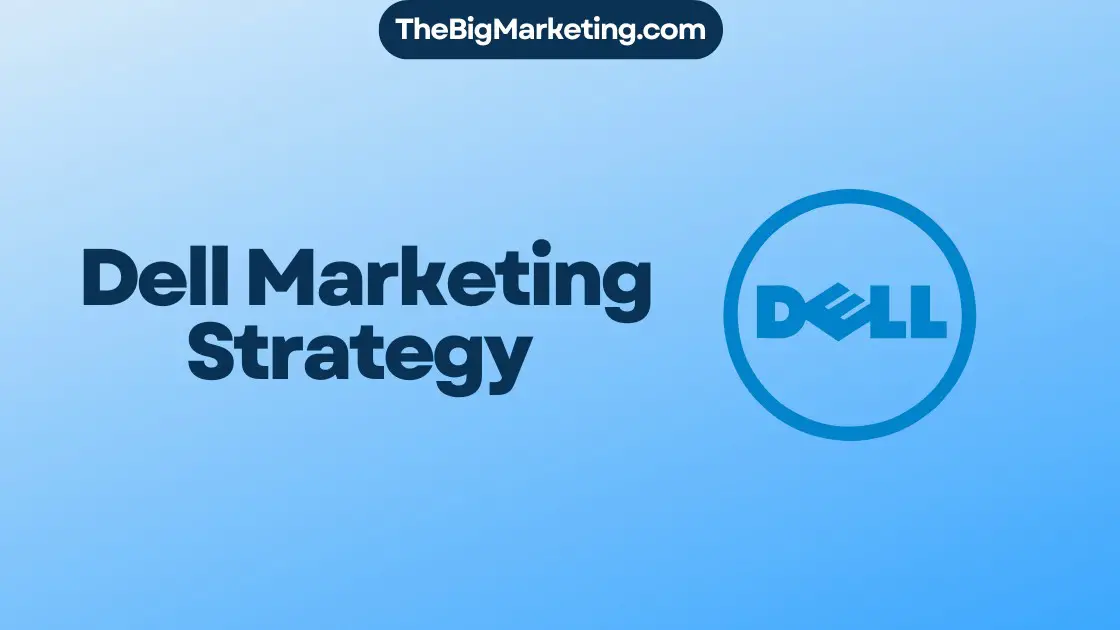When it comes to promoting products and building brand awareness, there are various marketing strategies to consider. One popular approach is below-the-line marketing. But what exactly is below-the-line marketing, and how does it differ from other advertising tactics?
Below-the-line advertising refers to targeted marketing strategies that go beyond traditional channels like television and billboards. Instead, below-the-line marketing utilizes methods such as direct mail campaigns, social media marketing, trade shows, catalogs, and search engine marketing to reach potential customers in a more focused and cost-effective manner.
Key Takeaways:
- Below-the-line marketing utilizes targeted advertising strategies outside of mainstream channels.
- It includes methods like direct mail campaigns, social media marketing, trade shows, and search engine marketing.
- Below-the-line marketing is more cost-effective and allows for direct relationships with potential customers.
Understanding Below-the-Line Advertising
Below-the-line advertising is a marketing strategy that focuses on direct consumer engagement rather than targeting mass audiences. This approach aims to establish meaningful connections with potential customers by emphasizing personal interactions and high-touch experiences. Unlike above-the-line advertising, which relies on mass media channels, below-the-line advertising utilizes targeted methods to reach specific individuals.
Examples of below-the-line advertising methods include:
- Targeted online marketing campaigns
- Direct mailing initiatives
- Trade shows and exhibitions
Through below-the-line advertising, businesses have the opportunity to foster more personalized relationships with potential customers. By engaging in in-store demonstrations or enabling direct interactions with salespersons, companies can create a unique and memorable experience for consumers.
Below-the-line advertising is an effective way to generate impactful connections and drive conversions. It allows businesses to tailor their messaging and offerings to the specific needs and preferences of their target audience, leading to higher engagement and conversion rates.
Below-the-Line Advertising Methods
Below are some common below-the-line advertising methods:
| Method | Description |
|---|---|
| Targeted Online Marketing | Utilizing digital channels and online platforms to reach specific individuals with personalized messaging. |
| Direct Mailing | Sending physical mail or promotional materials directly to potential customers’ addresses. |
| Trade Shows and Exhibitions | Participating in industry events to showcase products, engage with consumers, and generate leads. |
Above-the-Line vs. Below-the-Line Advertising
When it comes to marketing strategies, two approaches that often come into play are above-the-line (ATL) and below-the-line (BTL) advertising. While both methods aim to promote products and services, they differ significantly in their targeting, reach, and objectives.
Above-the-line advertising, as the name suggests, focuses on reaching a broad audience and creating brand awareness on a larger scale. This approach involves using mass media channels such as television, radio, billboards, and print media to capture the attention of millions of viewers. For instance, Super Bowl TV ads are a prime example of above-the-line advertising, with their ability to generate massive exposure.
Below-the-line advertising, on the other hand, takes a more targeted and direct approach. It aims to reach a specific audience and foster direct relationships with potential customers. BTL strategies include methods such as direct mail campaigns, trade shows, catalogs, social media marketing, and targeted search engine marketing. These methods allow businesses to engage with their audience in a more personalized and tailored manner.
One of the key advantages of below-the-line advertising is its cost-effectiveness. BTL strategies often require smaller budgets compared to above-the-line methods, making them ideal for businesses with limited resources. Additionally, below-the-line advertising can be easily monitored and measured, providing businesses with valuable insights and the ability to make data-driven decisions.
Above-the-Line Advertising
- Targets a broad audience
- Creates brand awareness on a larger scale
- Utilizes mass media channels like television, radio, billboards, and print media
- Examples: Super Bowl TV ads
Below-the-Line Advertising
- Targets a specific audience
- Fosters direct relationships with potential customers
- Utilizes methods such as direct mail campaigns, trade shows, catalogs, social media marketing, and targeted search engine marketing
- Cost-effective and easily monitored
Ultimately, the choice between above-the-line and below-the-line advertising depends on the specific goals and resources of a business. While above-the-line advertising is effective for creating brand awareness and reaching mass audiences, below-the-line advertising allows for more personalized engagement and higher conversion rates. Many businesses find that a combination of both approaches yields the best results, leveraging the strengths of each to maximize their marketing efforts.
| Above-the-Line Advertising | Below-the-Line Advertising |
|---|---|
| Targets a broad audience | Targets a specific audience |
| Creates brand awareness on a larger scale | Fosters direct relationships with potential customers |
| Utilizes mass media channels like television, radio, billboards, and print media | Utilizes methods such as direct mail campaigns, trade shows, catalogs, social media marketing, and targeted search engine marketing |
| Examples: Super Bowl TV ads | Cost-effective and easily monitored |
Advantages of Below-the-Line Advertising
Below-the-line advertising offers several advantages over above-the-line methods. One of the key benefits is its cost-effectiveness. By focusing on targeted channels such as direct mailing and search engine marketing, businesses can achieve better results with a lower budget. These methods are more economical and allow for precise audience targeting, ensuring that marketing efforts are directed towards the right people.
Additionally, below-the-line advertising provides better tracking of conversions. With advanced analytics tools and technologies, businesses can measure the effectiveness of their campaigns and gain valuable insights into customer behavior and preferences. This data-driven approach enables businesses to refine their strategies and optimize their marketing efforts for maximum impact.
Another advantage of below-the-line advertising is its superior customer engagement. By utilizing personalized messaging and targeted interactions, businesses can create meaningful connections with potential customers. Whether it’s through personalized direct mail, interactive social media campaigns, or engaging trade show experiences, below-the-line advertising allows for customized and memorable touchpoints that resonate with consumers on a deeper level.
Furthermore, below-the-line advertising is ideal for building direct relationships with potential customers. It enables businesses to foster one-on-one interactions, respond to individual needs, and provide personalized solutions. This personalized approach enhances trust and loyalty, leading to higher customer retention rates and long-term brand advocacy.
Overall, below-the-line advertising offers a higher return on investment (ROI) compared to above-the-line methods. With its lower costs, better tracking capabilities, superior customer engagement, and direct relationship-building potential, businesses can achieve more impactful marketing outcomes and drive tangible business results.
Take a look at the data below to understand the cost-effectiveness of below-the-line advertising:
| Marketing Method | Cost | Targeted Reach | Conversion Rate |
|---|---|---|---|
| Below-the-Line Advertising | $$ | Highly targeted | Higher |
| Above-the-Line Advertising | $$$$ | Mass audience | Lower |
As shown in the table, below-the-line advertising offers a more cost-effective approach with higher conversion rates and targeted reach. This data supports the benefits discussed above and highlights the value of below-the-line advertising in today’s competitive marketing landscape.
What Is Above the Line Marketing?
Above the line marketing, also known as ATL advertising, is a strategic approach that focuses on widespread campaigns to build brand awareness. This form of marketing utilizes various channels such as television, radio, billboards, and print media to reach a larger, more general audience. The goal of above the line marketing is to promote the brand as a whole rather than targeting specific individuals.
Large corporations commonly employ above the line marketing to establish a well-known brand identity and increase brand recognition. By utilizing mass advertising channels, companies can effectively reach a wide range of potential customers and create a strong brand presence in the market.
One of the key advantages of above the line marketing is its ability to generate broad brand exposure. Through high-visibility mediums like television and billboards, companies can capture the attention of a large audience, increasing the chances of brand recall and recognition. Additionally, above the line marketing can contribute to improved brand perception as it creates a sense of authority and credibility.
If we compare above the line marketing with below the line marketing, the latter tends to be more targeted and aimed at specific individuals or segments. On the other hand, above the line marketing provides a broader reach and is suitable for generating widespread brand awareness. Each approach has its own strengths and is effective in different scenarios, depending on the marketing objectives and target audience.
Overall, above the line marketing plays a significant role in establishing and reinforcing the overall brand image. By employing this strategy, businesses can maximize their brand exposure, increase market share, and gain a competitive edge in the industry.
Above the Line vs Below the Line Marketing
When it comes to marketing strategies, businesses have different options to consider. Two popular approaches are above-the-line (ATL) and below-the-line (BTL) marketing. Each method has its own advantages and serves a specific purpose. However, for optimal results, many businesses find that a combination of both approaches is the way to go.
Above-the-line marketing primarily focuses on creating brand awareness and reaching a wide audience. It utilizes traditional channels such as television, radio, billboards, and print media to generate widespread exposure. This strategy is particularly effective for larger companies aiming to establish a well-known brand identity. While above-the-line marketing casts a wide net, it may not specifically target the ideal consumer.
Below-the-line marketing, on the other hand, takes a more focused and targeted approach. It aims to engage directly with potential customers and foster meaningful relationships. BTL strategies include direct mail campaigns, social media marketing, trade shows, and catalogs. This method is known for its high conversion rates and cost-effectiveness. Through below-the-line marketing, businesses can connect with specific demographics and create personalized campaigns.
Choosing between above-the-line and below-the-line marketing depends on the specific goals and available resources of a business. For brand awareness and reaching a broad audience, above-the-line marketing is the way to go. However, if the goal is to focus on targeted engagement and higher conversion rates, below-the-line marketing is the better choice.
To understand the differences between above-the-line and below-the-line marketing more effectively, refer to the table below:
| Above-the-Line Marketing | Below-the-Line Marketing |
|---|---|
| Targets a wide audience | Targets specific demographics |
| Creates brand awareness | Fosters direct relationships |
| Uses traditional media channels | Utilizes direct mail, social media, trade shows, etc. |
| Expensive compared to below-the-line | Cost-effective with higher ROI |
| Difficult to measure results | Easily trackable and provides quantifiable data |
As seen in the table, above-the-line marketing is focused on reaching a large audience and creating brand awareness. Below-the-line marketing, on the other hand, targets specific demographics and aims for direct customer relationships. By understanding the strengths of both approaches, businesses can make an informed decision and develop a comprehensive marketing strategy that suits their needs.
Is Below the Line Marketing Better for Your Business?
When it comes to marketing strategies, below-the-line marketing offers distinct advantages that make it particularly beneficial for smaller businesses. This approach allows businesses to make the most of their resources by targeting specific demographics and creating personalized marketing campaigns with a higher return on investment.
One key advantage of below-the-line marketing is its cost-effectiveness. Smaller businesses often have limited budgets, and below-the-line strategies provide more affordable alternatives to expensive above-the-line advertising methods. Direct mailing campaigns, targeted online marketing, and trade shows are just a few examples of cost-effective below-the-line tactics that can generate positive results.
Another benefit is the ability to easily track the performance of below-the-line marketing initiatives. With clear objectives and measurable metrics in place, businesses can closely monitor the effectiveness of their campaigns and make data-driven decisions for future strategies. This tracking capability enables businesses to identify successful tactics, optimize their marketing efforts, and refine their messaging to better resonate with their target audience.
Furthermore, below-the-line marketing provides valuable data that can inform future campaigns. By analyzing customer responses, businesses can gain insights into consumer preferences, behavior patterns, and market trends. This data-driven approach allows businesses to refine their targeting, tailor their messaging, and continuously improve their marketing efforts.
However, it is important to note that larger companies aiming for brand identity and awareness may benefit more from above-the-line marketing strategies. Above-the-line methods, such as television ads or national print campaigns, have the power to reach a wide audience and establish a well-known brand presence.
Ultimately, the choice between below-the-line and above-the-line marketing depends on the specific goals and resources of your business. If you’re a smaller business looking to maximize your resources, reach specific demographics, and generate direct and quantifiable results, below-the-line marketing is likely to be a better fit for your business.
Comparison: Below-the-Line vs. Above-the-Line Marketing
To further illustrate the differences between below-the-line and above-the-line marketing, let’s take a look at a side-by-side comparison:
| Below-the-Line Marketing | Above-the-Line Marketing |
|---|---|
| Targeted audience | Mass audience |
| Personalized and focused campaigns | Brand-focused campaigns |
| Cost-effective | Can be expensive |
| Trackable and measurable | Difficult to track individual impact |
| Utilizes multiple communication channels | Mainstream media channels |
As you can see, below-the-line marketing allows for targeted and personalized campaigns, while above-the-line marketing focuses on brand awareness and reaching a mass audience. Consider these distinctions when deciding which approach aligns best with your business objectives.
What Is Through the Line Marketing?
Through the line marketing is a comprehensive marketing approach that blends elements of both above-the-line (ATL) and below-the-line (BTL) strategies. It aims to create brand awareness while also targeting specific individuals for conversion. Through the line marketing employs a combination of widespread campaigns and direct, targeted approaches to achieve these dual goals.
An example of through the line marketing is 360-degree marketing, which integrates various channels and methods to provide a seamless customer experience. This holistic approach enables businesses to leverage the strengths of both ATL and BTL marketing, maximizing their impact and reaching a wider range of potential customers.
Through the line marketing recognizes the importance of fostering brand awareness and building direct relationships with consumers. By combining the reach and mass appeal of ATL strategies with the personalized, targeted approach of BTL strategies, businesses can create effective and engaging marketing campaigns that resonate with their audience.
Benefits of Through the Line Marketing
Through the line marketing offers several advantages for businesses:
- Increased brand awareness: By utilizing a combination of ATL and BTL strategies, businesses can generate widespread brand exposure while also targeting specific segments of their audience.
- Enhanced customer targeting: Through the line marketing allows for precise audience segmentation and personalized messaging, leading to higher conversion rates and customer satisfaction.
- Seamless customer journey: By integrating various channels and methods, through the line marketing offers a cohesive and seamless customer experience, improving engagement and loyalty.
- Measurable results: Through the line marketing strategies can be easily tracked and evaluated, providing valuable insights and data for future campaigns.
Overall, through the line marketing provides a comprehensive approach that combines the best aspects of both ATL and BTL strategies. By leveraging the strengths of each, businesses can create impactful marketing campaigns that drive brand awareness, target specific individuals, and ultimately achieve their marketing goals.
Advantages of BTL Marketing
BTL marketing, also known as below-the-line marketing, offers numerous advantages that make it a valuable strategy for businesses. Let’s explore the key benefits of BTL marketing:
1. Highly Targeted
BTL marketing allows businesses to reach specific individuals who are more likely to convert. By targeting a niche audience, businesses can tailor their messaging and offers to resonate with their target customers’ needs and preferences. This personalized approach enhances the effectiveness of marketing campaigns and increases the chances of driving direct conversions.
2. Cost-Effective
Compared to above-the-line (ATL) marketing methods, BTL marketing is more cost-effective. BTL tactics such as direct mail campaigns, influencer partnerships, and targeted search engine marketing typically require lower investment costs. This affordability allows businesses with limited marketing budgets to maximize their resources and achieve higher returns on investment.
3. Quantifiable Results
One of the significant advantages of BTL marketing is the ability to measure and track results. This strategy provides businesses with tangible data on campaign performance, customer engagement, and conversion rates. With these insights, marketers can refine their approach, optimize campaigns, and make data-driven decisions, ultimately improving marketing effectiveness.
4. Meaningful Customer Engagement
BTL marketing fosters meaningful customer engagement by providing personalized and interactive experiences. Strategies such as experiential marketing, social media contests, and interactive demonstrations allow businesses to engage directly with their target audience. This engagement helps build trust, loyalty, and stronger relationships with customers, leading to increased brand advocacy and repeat purchases.
5. Personalized Messaging
With BTL marketing, businesses can deliver personalized messaging tailored to individual customer segments. By understanding their target audience’s pain points, interests, and preferences, businesses can create customized campaigns that resonate with customers on a deeper level. This personalized approach enhances the effectiveness of marketing communication and increases the chances of driving conversions.
By leveraging these advantages, businesses can generate direct conversions, maximize their return on investment, and foster meaningful relationships with their target customers.
| Advantages of BTL Marketing |
|---|
| Highly Targeted |
| Cost-Effective |
| Quantifiable Results |
| Meaningful Customer Engagement |
| Personalized Messaging |
Conclusion
Both above-the-line and below-the-line marketing strategies have their merits and can be effective depending on the goals and resources of a business. Below-the-line marketing offers targeted engagement, cost-effectiveness, and measurable results, making it a valuable strategy for businesses looking to foster direct relationships with potential customers. Through methods such as direct mail campaigns, social media marketing, trade shows, and catalogs, below-the-line marketing allows businesses to reach specific individuals and create personalized marketing campaigns. This focused approach results in a higher return on investment and more meaningful customer engagement.
On the other hand, above-the-line marketing aims to reach mass audiences and build brand awareness through channels like television, radio, billboards, and print media. While it may not target specific individuals, it plays a crucial role in establishing a widespread brand identity. Large corporations often utilize above-the-line marketing to promote their brand as a whole and create a lasting impact on a larger, more general audience.
Combining both above-the-line and below-the-line marketing techniques can be a powerful approach for businesses. By utilizing a combination of strategies, businesses can achieve broad brand awareness while also implementing targeted conversion tactics. This comprehensive approach allows for a more effective and well-rounded marketing strategy that aligns with specific needs and goals. Ultimately, the choice between above-the-line and below-the-line marketing depends on factors such as target audience, budget, and desired outcomes.
In conclusion, below-the-line marketing provides businesses with the opportunity to directly engage with their target audience, yielding cost-effective results and facilitating measurable ROI. However, a balanced marketing strategy that leverages the strengths of both above-the-line and below-the-line techniques can maximize brand awareness and drive targeted conversions. When determining the most suitable marketing strategy, businesses should carefully analyze their specific goals and available resources to make an informed decision.






